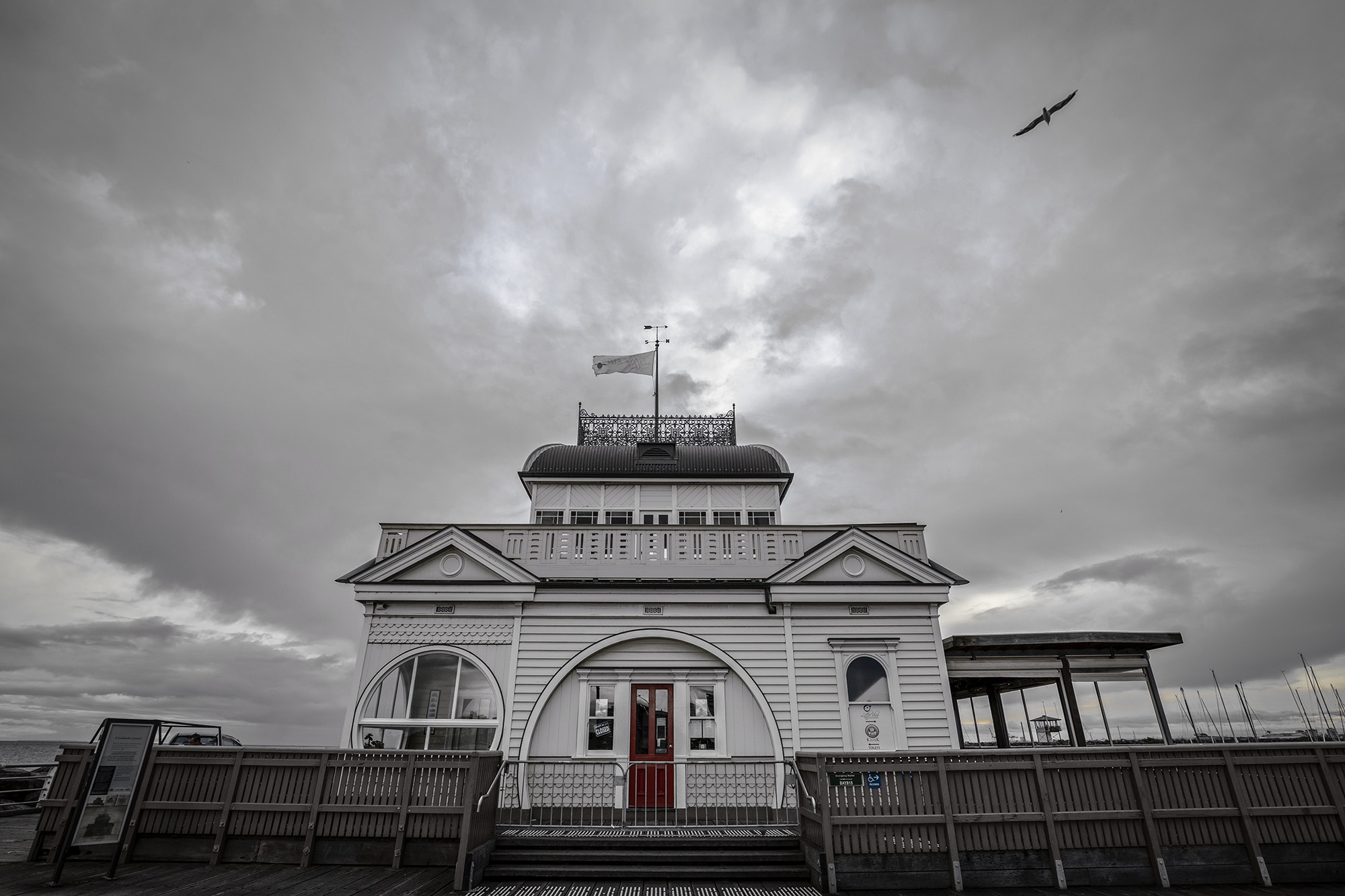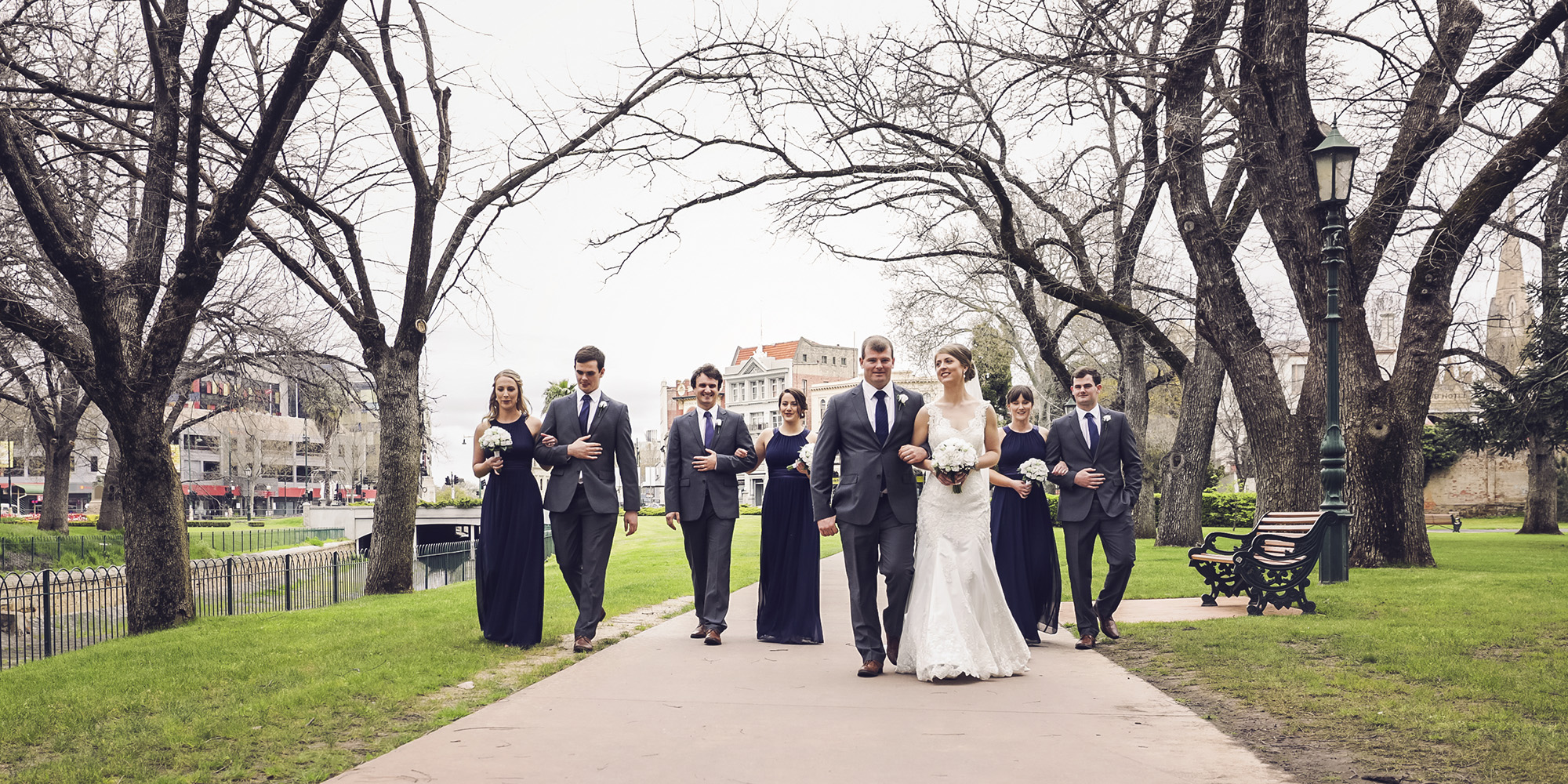
Canon 5D mkIV Wedding Photography Review
Much has already been discussed about the Canon 5D mkIV. Many critics have commented on the shortcomings of the video or the lack of modern initiatives like internal image stabilisation or electronic viewfinder (looking at you Tony Northrup). In my review I do not intend to conduct a series of lengthy side by side tests to determine what camera I prefer when I pixel-peep at 400%. I’m avoiding this for several reasons. Chief of which is that I only had the camera on loan for one weekend in order to shoot a friend’s wedding.

Accordingly, what you will find here is a review based on my limited interaction with this new camera. My time was, however, sufficient to draw several conclusions about the Canon 5D mkIV in regards to its competency as a stills camera for wedding photography and for other gruelling run-and-gun events.
During my friend’s wedding I implemented two pro-Canon lenses. The first was the lovely but inconsistent 85mm f/1.2L II. No doubt you’ve read about or seen the remarkable and magical images this lens can produce. Several times I’ve toyed with selling all my Canon gear but this lens alone draws me back to Canon for stills photography. Which, in a way, is remarkable because the Canon EF 85mm f/1.2 II is a very flawed lens. For instance, on my Canon 5D mkIII I struggle to get this lens to focus accurately if my subject isn’t within about five metres of me. The old autofocus system basically gives up and would often hunt for focus or settle for a focus point that is “almost” accurate.

The other lens I have been using is the relatively new Canon EF 16-35mm f/4L IS. I have been through several renditions of wide-angle lenses on Canon full-frame bodies. The first I purchased was the Canon EF 17-40mm f/4L which I found to be bitterly disappointing. I owned this lens for a short period and then upgraded to the Zeiss 21mm f/2.8. This lens was a beauty and built like a brick. Unfortunately autofocus is an imperative for wedding photographers and the Zeiss, while perfect for landscapes, was not to my requirements. I traded this for a Canon EF 35mm f/1.4L (and some cash). This lens was equally as disappointing as the 17-40mm. It was incredibly soft and would regularly miss focus on the Canon 5D mkIII. So last year I traded it in for the new 16-35mm. This lens does have its limitations, however, it is incredibly sharp and quick to focus and perfect for outdoor landscape portraits and, almost as importantly, large family photos.

I began the day at 9:30 am. There were clouds threatening but there was no rain during the day. We only had one noticeable patch of sunlight in the formal photos. So most of my photos were either shot under cloud cover or inside. During the wedding I took in excess of 4,000 photos. I recorded RAW as well as small JPEG as Bridge CS6 does not recognise the RAW files yet.
My impressions:
The Canon 5D mkIV is a marked improvement in regards to stills photography on the 5D mkIII, in particular, in conjunction with the 85mm f/1.2L II. This can be attributed, I believe, almost entirely to the very noticeable upgrade to the autofocusing system. The 85mm provides a remarkable image at wide open when you hit the focus. With the Canon 5D mkIII I felt that I would often have to take half a dozen photos in order to get one on the focus point I was intending to. With the Canon 5D mkIV I believe that approximately 50% of my photographs were accurately focused, or near enough that only extra-large prints would reveal the inaccuracy.

This improvement in autofocus is the chief reason why a wedding photographer would buy the Canon 5D mkIV. It might not have the image quality of the Canon 5DsR, however, a vastly superior autofocus system is head and shoulders more important for events photography, at least in my humble opinion.
The 5D mkIV has a number of other pleasant developments as well. The ability to pull more information from the shadows and highlights does assist in my post-production. The touch screen assists with navigating the menu system (I did not use it for selecting focus) and the autofocus when your subject is in shadows is actually manageable now.
I did not have a chance to try out the dual-pixel RAW component of this camera. I read/saw several discussions on this technology and for wedding photographers it does not seem particularly advantageous. Even shooting RAW + small JPEG I was constantly fighting the buffer in this camera. I can only imagine what dual-pixel RAW would have done to the buffer times at important moments.
Final assessment:
This camera may trail the Pentax 645Z in megapixels (therefore, presumably image quality), sensor size and dynamic range, however, I find that teamed with the 85mm that I am happier with the photos I get from the Canon 5D mkIV than the medium format Pentax.
A price of AU$5,200 is a noticeable hurdle on this camera, however, I believe it presents an important step up from the Canon 5D mkIII and is well worth the extra coin for the upgrade. I know that I’ll be putting my 5D mkIII up for sale in light of my experience with the 5D mkIV.
















